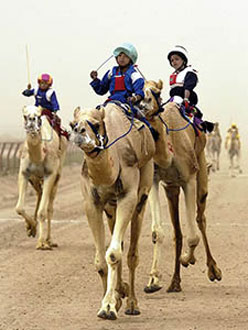3 Modern slavery – trafficking human beings (THB)
You start this section by thinking about what THB entails.
Activity 5 What is THB?
Consider the following questions:
- a.What, in your opinion, is THB?
- b.What does it involve?
- c.Who is involved in THB?
Discussion
Watch this cartoon, which defines THB.
Transcript: Activity 5 What is THB?
Trafficking in human beings (THB) is a crime, which has a strong human rights dimension. It involves the recruitment of the victim and their transportation to another state or within the same state for the purposes of exploitation. Victims of trafficking are subjected to various forms of exploitation that often vary according to their age and gender. It is commonly believed that THB happens predominantly for the purposes of sexual exploitation of women and girls. This form of exploitation is certainly one of the key motivations for trafficking. However, trafficking happens for other reasons too and it affects both women and men. Some of the other purposes of THB include:
- work in sweatshops
- domestic labour
- work in agriculture, mines, factories and fishing
- forced marriage
- organ transplants
- sport (e.g. camel jockeys)
- adoption
- begging.
There are many misconceptions about THB, especially regarding the perception of victims. Very often, it is assumed that victims of trafficking are only women and that they are trafficked only for sexual exploitation. Another myth is that trafficking happens only in Eastern Europe or in poor and third world countries, and that Western countries are not facing this problem. Finally, victims are often perceived to have consented to being trafficked. This is hugely incorrect.
At the time of giving consent, victims very often do not know the true and full extent of what they are consenting to. For instance, a victim of THB may have consented to working abroad in an agricultural job and believed that they will be able to keep their earnings. However, upon arrival in the country of destination, the person might have their documents confiscated by the traffickers and be forced to carry out agricultural labour for little or no money. It is not uncommon that only upon the arrival, a victim of THB is forced into different types of work to which they did not consent, e.g. prostitution. Finally, it is extremely hard to believe that anyone could give real consent to forced labour, exploitation, being subjected to extreme violence, ill treatment and blackmail, which are often associated with the reality faced by the victims of THB.
The video, Work Abroad (2008) produced by the United Nations Office on Drugs and Crime, illustrates some misconceptions of victims of THB that are discussed above. Please note that there is no verbal soundtrack to the video.

